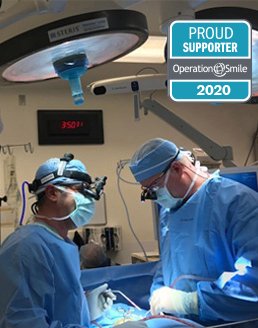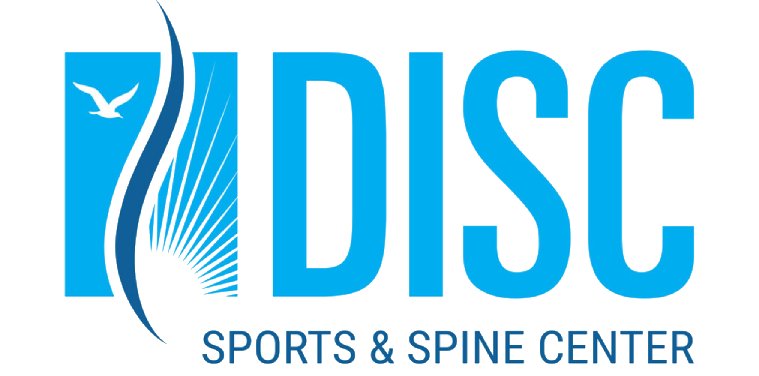Scoliosis
Scoliosis Treatment in Newport Beach
Scoliosis is a deformity of the spine that causes an abnormal C-shaped (one curve) or S-shaped curvature (two curves). Depending on the cause, a variety of treatment plans are available including non-surgical options such as bracing or physical therapy. If the disease progressively worsens, surgical options may be necessary.
Idiopathic scoliosis is the most common type and affects about two to three percent of the population. It tends to run in families and is more common in girls than in boys. Most often it develops in middle or late childhood during a rapid growth spurt.
Scoliosis can also be congenital or it may develop as a result of another neurological condition such as cerebral palsy, split spine or “spina bifida,” or spinal muscular atrophy. Because the causes of adult lumbar degenerative scoliosis are broad, diagnosis by a spine surgeon expert in minimally invasive surgery (MIS) is important.
There are three types of scoliosis depending on when it develops.
- Infantile scoliosis – Occurs from birth to three years of age.
- Juvenile scoliosis – Develops between four and nine years of age.
- Adolescent scoliosis – Presents from 10 years old and until growth is complete and the most common form of scoliosis.
The most common symptom of scoliosis is the abnormal curve of the spine to the left or right and most often affects the thoracic and lumbar vertebrae. The change in the curve of the spine progresses slowly, making it easy to miss until it becomes severe. The vertebrae curve to one side and may rotate, which makes the waist, hips, or shoulders appear uneven.
To diagnose scoliosis, your Newport Beach orthopaedic surgeon, Dr. Todd Peters will perform a complete and thorough physical examination as well as a medical history check. He may also request X-Rays, MRIs, and CT scans to better assess your case.
X-Rays – A type of quick imaging process using electromagnectic waves to better show Dr. Peters bones of the body to pinpoint possible sources of pain.
Magnetic Resonance Imaging (MRI) – This type of imaging uses radiology to show Dr. Peters the soft tissues of the body like muscles, disks, nerves, and the spinal cord.
Computerized tomography (CT) – CT scans are X-ray scans taken from various angles to create a cross-section of bones and soft tissues of the body.
Dr. Todd Peters specializes in minimally invasive orthopaedic surgery to treat Scoliosis. For appointments, please call (949) 383-4182 or Contact Us.





